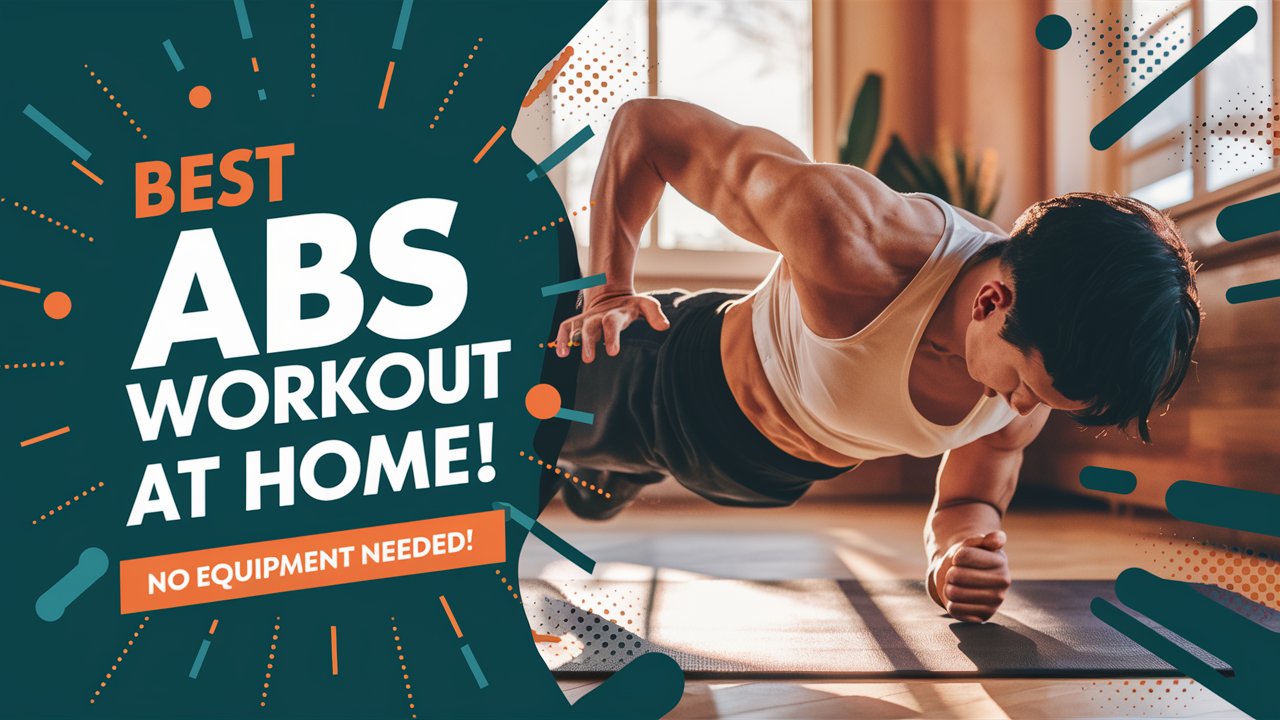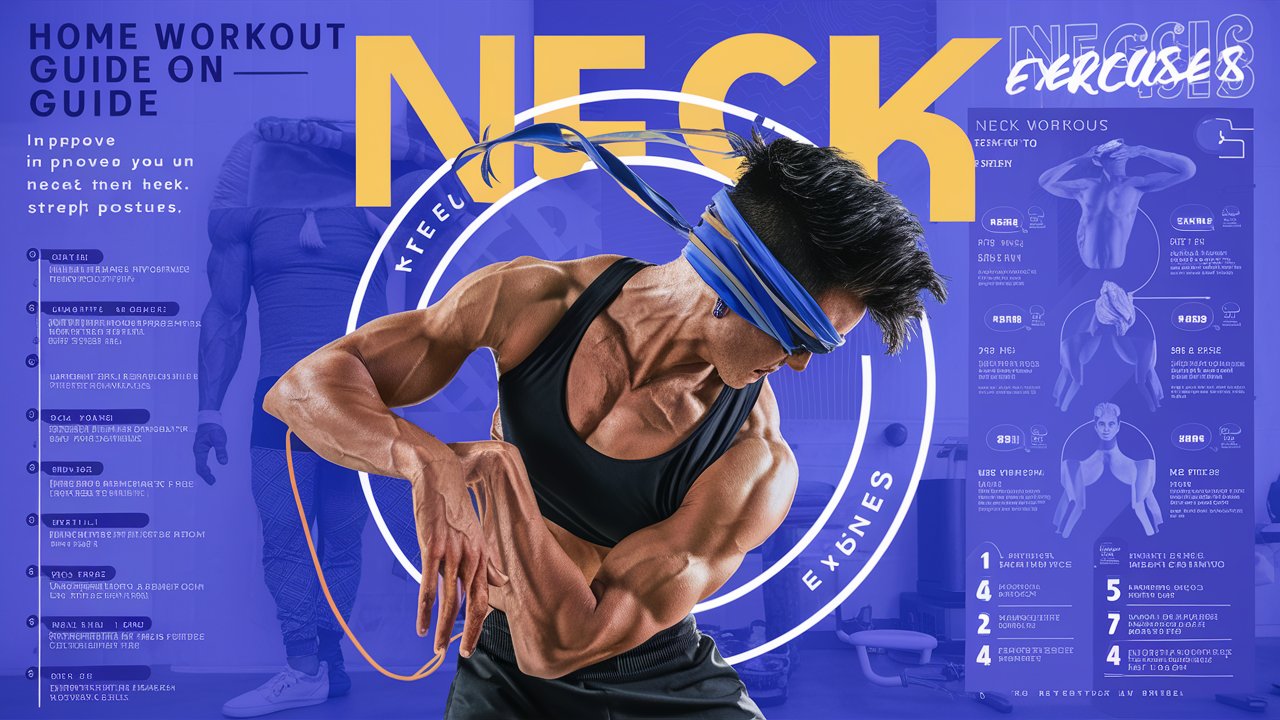LOWER TRAP EXERCISES TO IMPROVE POSTURE & STABILITY:
The lower trap muscles are often neglected in workout routines, but they play a crucial role in improving overall functional fitness. As we know, functional fitness is all about training your body to perform everyday activities with ease. Lower trap exercises can significantly improve your functional fitness by enhancing your ability to lift, carry, and move objects with proper form and technique.
Table of Contents
Overview of Lower Trapezius
The lower trapezius is a critical muscle in the upper back, forming part of the trapezius muscle group that extends from the neck down to the middle of the back. This muscle plays a vital role in stabilizing the shoulder blades and supporting the overall movement and function of the shoulder and upper back.
Importance of Lower Trapezius Exercises
Role in Shoulder Health
The lower trapezius helps in the proper movement and alignment of the shoulder blades, which is crucial for shoulder health. Strengthening this muscle can prevent shoulder injuries and improve shoulder mechanics.
Impact on Posture
A strong lower trapezius is essential for maintaining good posture. It helps in pulling the shoulders back and down, counteracting the forward shoulder posture common in people who sit for long periods.
Benefits for Athletes
For athletes, particularly those involved in overhead sports like swimming, tennis, and baseball, a strong lower trapezius is crucial for optimal performance and injury prevention.
Types and Categories of Lower Trapezius Exercises
Bodyweight Exercises
Prone Y Raise
The prone Y raise is an excellent bodyweight exercise for targeting the lower trapezius. Lie face down on a bench or the floor with arms extended in a Y position and lift them off the ground, squeezing the shoulder blades together.
Wall Angels
Stand with your back against a wall, arms at 90 degrees. Slowly raise and lower your arms, keeping them in contact with the wall, to engage the lower trapezius and improve shoulder mobility.
Resistance Band Exercises
Face Pulls
Attach a resistance band to a stable anchor at face height. Pull the band towards your face with elbows high and out, focusing on squeezing the shoulder blades together.
Band Pull Aparts
Hold a resistance band with both hands at shoulder width. Pull the band apart, keeping arms straight, to engage the lower trapezius and rear deltoids.
Dumbbell Exercises
Dumbbell Y Raise
With light dumbbells in each hand, lie face down on an incline bench. Raise your arms in a Y shape, focusing on the lower trapezius contraction.
Dumbbell Shrugs
While typically associated with the upper trapezius, dumbbell shrugs, when performed with a focus on pulling the shoulder blades down and back, can engage the lower trapezius effectively.
Machine Exercises
Seated Row Machine
Using a seated row machine, perform the rows with a focus on squeezing the shoulder blades together and down to engage the lower trapezius.
Cable Face Pulls
Similar to band face pulls but using a cable machine, adjust the pulley to face height and pull towards your face, emphasizing the squeeze between the shoulder blades.
Symptoms and Signs of Weak Lower Trapezius
Poor Posture
A weak lower trapezius often results in rounded shoulders and a hunched back, contributing to poor posture.
Shoulder Pain
Weakness in the lower trapezius can lead to shoulder pain due to improper shoulder mechanics and overcompensation by other muscles.
Limited Shoulder Mobility
A weak lower trapezius can restrict the range of motion in the shoulders, making it difficult to perform overhead movements.
Neck Pain
Due to the interconnectedness of the upper back and neck muscles, a weak lower trapezius can also lead to neck pain and stiffness.
Causes and Risk Factors for Weak Lower Trapezius
Sedentary Lifestyle
Prolonged sitting and lack of physical activity can weaken the lower trapezius, leading to muscle imbalances and postural issues.
Poor Ergonomics
Improper workstation setups and poor posture during daily activities can strain the lower trapezius, leading to weakness over time.
Lack of Exercise
Neglecting exercises that target the lower trapezius can result in muscular imbalances, affecting overall shoulder and back health.
Muscle Imbalance
Overdeveloped upper trapezius and neglected lower trapezius can create an imbalance, leading to poor posture and increased risk of injury.
Diagnosis and Tests
Physical Examination
A physical therapist or healthcare provider can assess lower trapezius strength and function through specific movements and postural analysis.
Functional Movement Screening
Functional movement screenings can help identify weaknesses and imbalances in the lower trapezius and other shoulder stabilizers.
Imaging Techniques
MRI
MRI can provide detailed images of the muscles and tissues, helping to diagnose any underlying issues contributing to lower trapezius weakness.
Ultrasound
Ultrasound imaging can assess muscle thickness and activity, providing real-time feedback during movement assessments.
Strength Tests
Specific strength tests, such as the prone Y raise or resisted shoulder blade retraction, can help assess the strength of the lower trapezius.
10. FACE PULLS
Face pulls can be used as an effective warm-up movement or to build strength. They can be performed with a resistance band, but if you’re looking to add load use a cable pulley machine with a rope attachment. Whilst the rear deltoids are the primary muscle targeted, face pulls will also hit rhomboids and middle traps. Use this exercise to build a stable upper body. Improving the mind-muscle connection of drawing the shoulders back helps to combat poor posture whilst building healthier, more injury-resistant shoulders.
HOW TO DO FACE PULLS
- Hold the rope/handles with an overhand grip, palms facing in
- Take a few steps back and fully extend your arms.
- Pull the rope towards you to lift the weight from the stack, brace your core and
- draw your shoulders back and down to set your start position.
- Pull the handles of the rope toward your forehead, squeezing your shoulder
- blades together and elbows flared wide.
- Slowly return to the starting position
- If you don’t have access to a cable machine a resistance band can be used as an alternative
9. REAR DELT CABLE RAISE
The rear deltoid cable raise exercise involves using a cable machine with a low pulley to perform a reverse fly movement. The rear deltoids are often neglected in traditional strength training exercises, which makes this exercise a great addition to your upper body workout. This exercise can also engage the trapezius and rhomboid muscles, making it a great compound movement for overall shoulder development.
HOW TO DO REAR DELT CABLE RAISE
- Stand facing the cable machine, with your feet shoulder-width apart and your knees slightly bent. The cable machine should be set to a low height.
- Hold the handle with your palms facing down, and your arms fully extended in front of you.
- From this starting position, slowly raise your arms out to the sides, keeping your elbows slightly bent, until your arms are parallel to the floor.
- Slowly lower your arms back down to the starting position and repeat for the desired rep range.
This can also be performed unilaterally by turning the side onto the cable machine and performing one arm at a time. It’s especially important to be aware of the strength and postural imbalances between both sides of the body.
BEST LOWER TRAP EXERCISES:
8. REVERSE SHRUGS
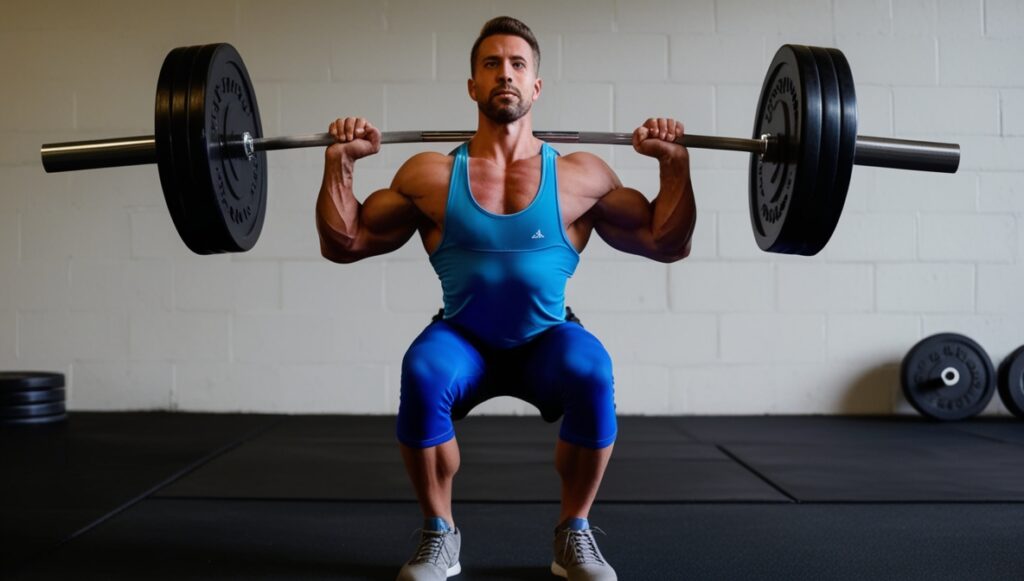
One of the most popular exercises for training traps–and one of the simplest to perform–is shrugs. You’ve probably seen this pull exercise performed with dumbbells to the side of the body or with a barbell in front of the thighs. This movement focuses on developing the upper traps. So how do we switch the emphasis to the lower traps?
With the reverse shrug, the focus is on scapular depressions rather than the elevation used in standard shrugs. This is achieved by placing the barbell behind the back. You can use a rack or a Smith machine, keep in mind the goal is to minimize momentum in the movement.
HOW TO DO REVERSE SHRUGS
- Begin with your feet shoulder-width apart facing away from the barbell
- Take hold of the barbell in an overhand grip, with your hands shoulder-width apart,
- Keeping your arms straight, elevate your shoulders as high as you can. Pause and squeeze
- Control the lowering to return to the starting position and repeat.
7. OVERHEAD FARMER’S WALK
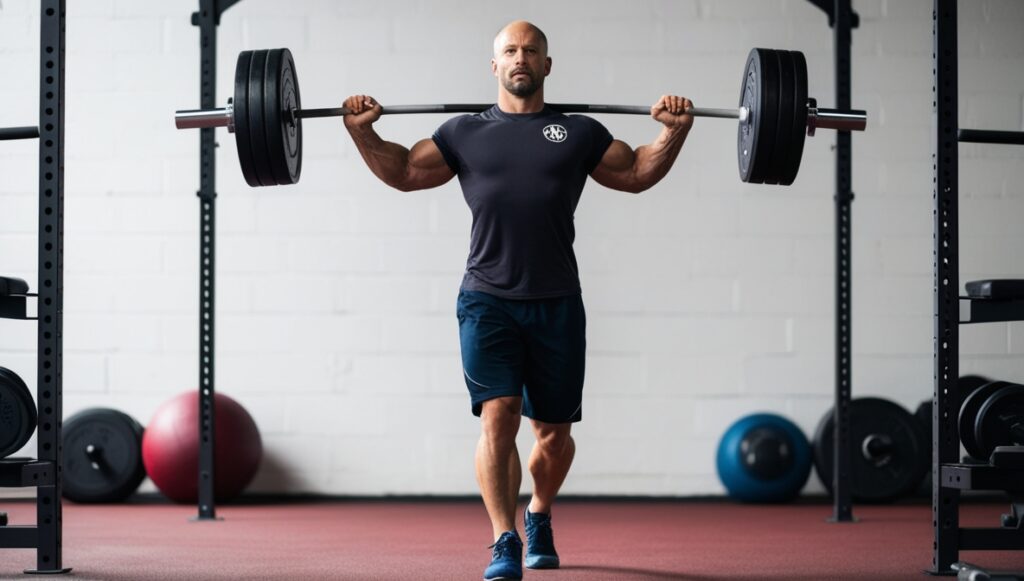
The overhead farmers walk is a total body exercise that will increase your upper body strength, stability, and mobility. Being able to stabilize a weight overhead will help your lifts become more efficient and have you hitting new PRs in no time.
HOW TO DO OVERHEAD FARMER’S WALK
- Start in a front rack position with your desired weights, brace your core, and lift your arms overhead.
- Stand tall and set your shoulders back and down and keep your arms straight, eyes fixed ahead to aid your balance.
- Start to walk forward with controlled steps, minimizing and side to side motion, continuing for the desired duration before turning around and returning to the start position.
If you’re looking to maximize load, a barbell will allow you to carry heavier weights. If you struggle with your overhead wrist positioning, working with a kettlebell will improve wrist mobility and awareness. If you feel your wrist drop back, imagine you’re revving a motorcycle to punch your knuckles skyward. Dumbbells can also be used to train bilaterally and unilaterally to improve muscular imbalances.
6. CHIN-UPS
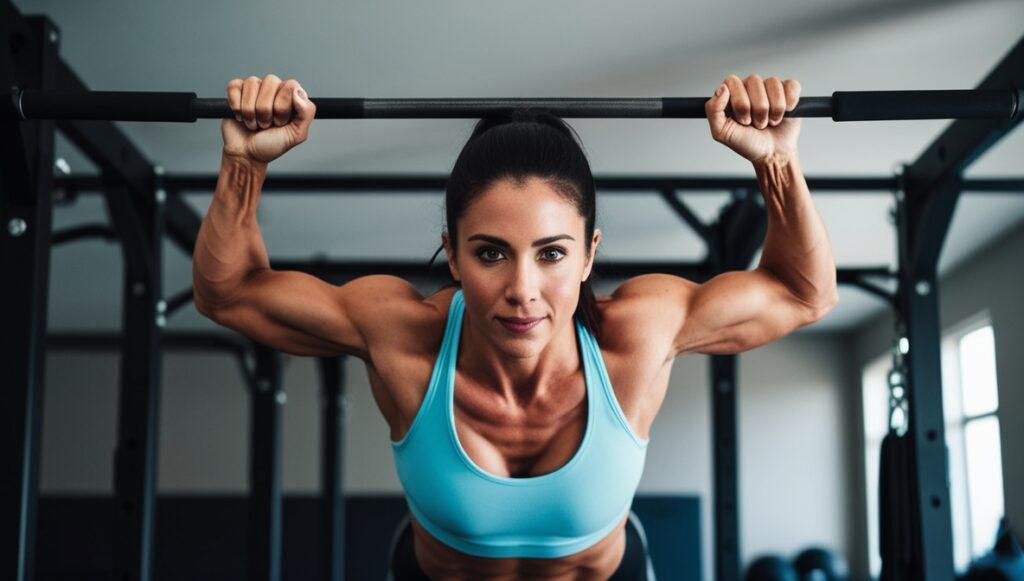
Chin-ups are a compound movement targeting a variety of muscles, which can be adapted depending on hand placement. The movement involves pulling your body weight up to a hanging bar, making it an excellent exercise for increasing grip strength. Chin-ups are also easy to scale depending on your fitness level.
HOW TO DO CHIN-UPS
- Grab a pull-up bar with your hands shoulder-width apart and palms facing toward you (supinated grip)
- Start by hanging from the bar with your arms extended. Hang from the bar with your arms extended. Brace your core to prevent your body from swinging.
- Pull your elbows down towards your hips to lift your body up. Squeeze your shoulder blades and work to bring your chin over the bar to complete the rep.
- Pause at the top, and slowly reverse the movement to lower back to the starting position.
If you need assistance, use a resistance band to help you develop your technique and strength. Once you’ve mastered bodyweight chin-ups, add load via a weighted vest or chain belt.
5. CABLE Y RAISE
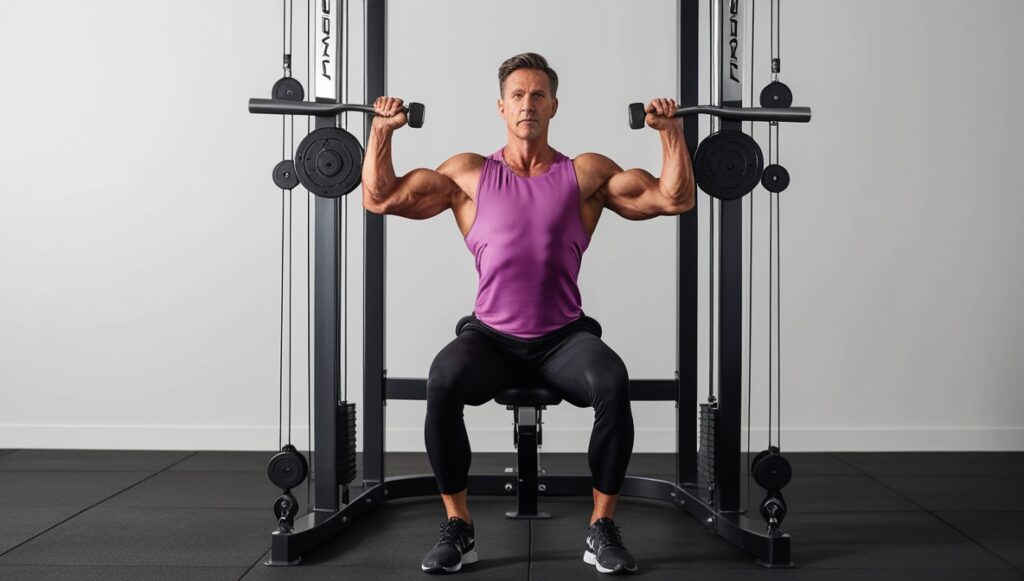
Once you’ve mastered the prone Y raise, try adding resistance by using a cable machine. Transfer the skills you learned lying down to a standing position and develop your lower traps by emphasizing the contraction to draw your shoulders back and down.
This is a versatile exercise because you can manipulate the angle of the Y raise to focus on different parts of the deltoid.
HOW TO DO CABLE Y RAISE
- Attach handles to the low pulleys on a cable crossover machine.
- Stand with your feet shoulder-width apart facing the pulley cables.
- Hold each handle in the opposite hand
- Step back to create tension on the cables.
- Maintain a soft bend in your elbows as you raise your arms up and out to create a Y shape with your body.
- Pause at the end range.
- Lower your arms with control back to the start position and repeat.
4. OVERHEAD PRESS
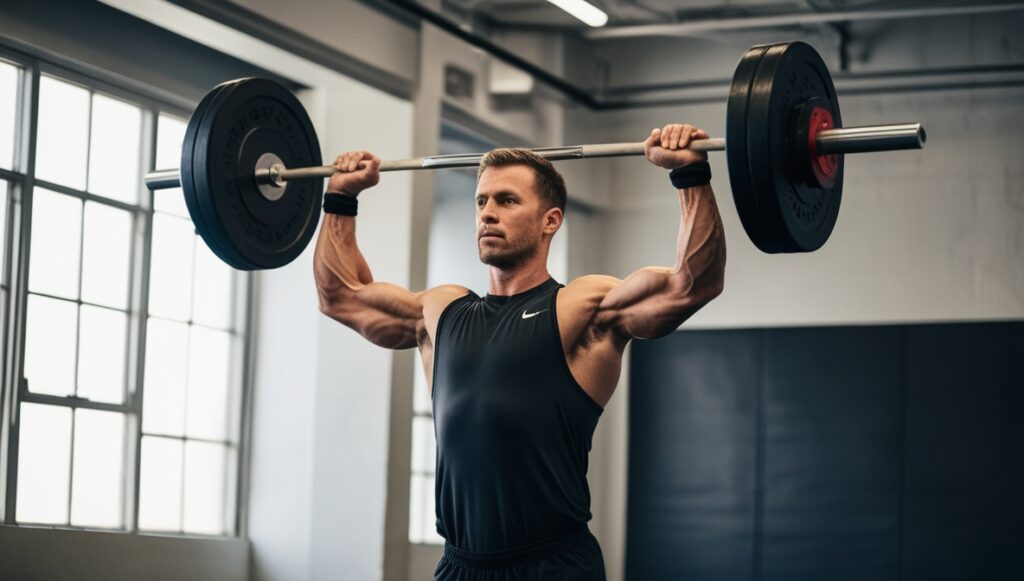
Pressing a weight overhead sounds simple, right? It’s harder than you might think. You’ll need high shoulder mobility and stability to perform it safely. The upright position requires core stabilization too because you challenge your traps, deltoids, triceps, and pecs. Developing overhead strength is key to developing proficiency in many of your gym lifts, but also for injury prevention in daily life. Master your overhead press and you’ll be able to lift anything with ease.
HOW TO DO OVERHEAD PRESS
- Start in a standing position, with the weight at collarbone height
- Keep your elbows tucked, imagine a straight line from the elbow up through the wrist and towards the ceiling, maintain this line as you press your arms overhead. Extend the elbows and pause at the top
- Keep your core braced, head, and spine natural throughout.
- Lower with control along the same path to return to the start position.
3. PRONE Y RAISE
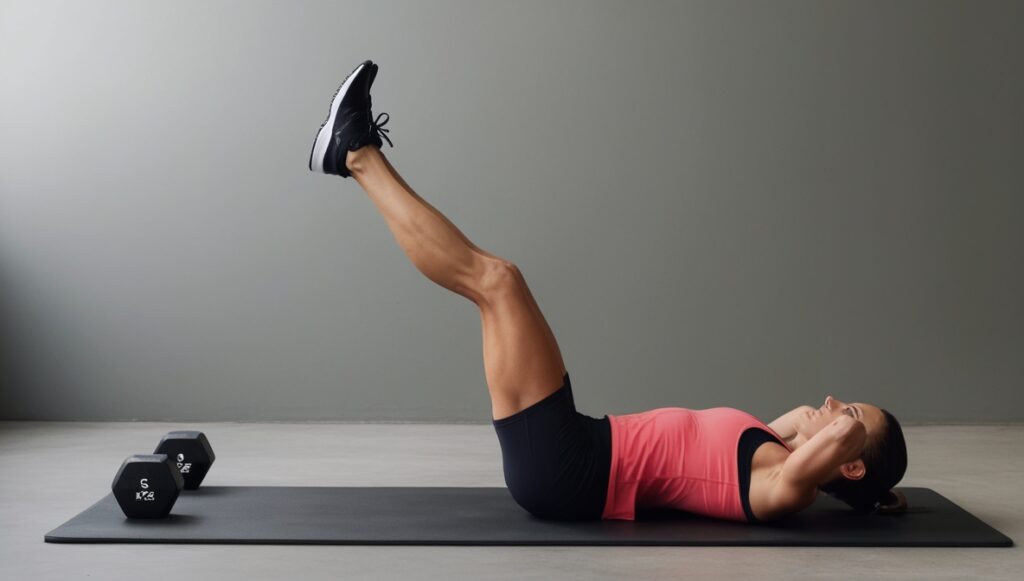
If you struggle to get your arms overhead when standing, this is the exercise for you. Our pull muscles become weak when we spend too much time hunched over This exercise helps to prevent imbalances that can lead to injury by focusing on the lower traps to pull your shoulders back and down. The prone Y raise may look simple, but don’t be fooled! Start bodyweight and then progress to using weights, a bench, or dumbbells.
HOW TO DO PRONE Y RAISE
- Lie face-down on the floor. Create a neutral spine by gently tucking your chin and keeping your pelvis stable.
- Create a Y shape with your body by extending your arms to the diagonal with your thumbs pointing up, and palms facing each other.
- Squeeze your shoulder blades together so that both arms raise off of the floor.
- Maintain your natural spine by keeping the head and hips still throughout the movement
- Pause at the top, then lower with control and repeat.
2. STRAIGHT ARM DIPS
The straight arm dip is an excellent exercise to equalize your balance if you’re dominant in your upper traps. If shrugs are featured heavily in your workouts, then the straight arm dip provides the perfect balance to improve shoulder stability and mobility. This exercise focuses on the lower traps to retract and depress the shoulders. Start by utilizing your own body weight. When you feel more comfortable, try a weighted vest or plates attached to a waisted chain belt to increase the challenge.
HOW TO DO STRAIGHT ARM DIPS
- For this exercise, set up on the parallel bars as if you were going to perform regular dips.
- Instead of moving your shoulders and elbows, keep your arms straight.
- Allow your body to sink down as low as you can.
- Pause. Then, focusing on your lower traps, pull your shoulders down and in, lift your body back to the start position, and repeat.
1. SINGLE STRAIGHT ARM PULLDOWNS
The main benefit of any single-arm exercise is the ability to strengthen muscular imbalances within the body and the single-arm pulldown is no exception. This exercise differs from the lat pull-down because it is performed standing. Therefore, you put more emphasis on your posture and maintaining core engagement.
HOW TO DO SINGLE STRAIGHT ARM PULLDOWNS
- Adjust a cable pulley to the top of the machine. Attach your preferred handle and desired weight.
- Stand in front of the cable with feet around shoulder width apart with knees slightly bent.
- This exercise can be performed from an upright standing position or a slightly leaned forward hip hinge position.
- Step back from the machine to move the weight off of the cable stack.
- Set your shoulder, hip, and core position and maintain it throughout the set.
- Squeeze your lats to initiate the downward movement, pulling the handle towards your hip, whilst keeping your back and arm straight.
- Pause when your arm is in line with the rest of your body.
- Control the return back to the starting position and repeat.
The straight arm position means you’ll work with a greater range of motion to strengthen your lats. Your lower and middle traps assist, during the concentric phase the shoulders elevate, and as you contract to lower the arms the shoulders retract and depress. It’s important to resist rotation and focus on the squeeze between your shoulder blades to keep your torso rigid and avoid other muscle groups from compensating.
Treatment Options for Weak Lower Trapezius
Physical Therapy
A physical therapist can design a customized exercise program to strengthen the lower trapezius and address any contributing factors to its weakness.
Strengthening Exercises
Incorporating lower trapezius-specific exercises into a regular workout routine can help improve strength and function.
Posture Correction
Ergonomic adjustments and exercises aimed at improving posture can help alleviate strain on the lower trapezius and promote better alignment.
Manual Therapy
Techniques such as massage and myofascial release can help reduce tension in the upper back and neck, allowing the lower trapezius to function more effectively.
Preventive Measures
Regular Exercise
Consistent exercise, including specific lower trapezius exercises, is crucial for maintaining muscle strength and preventing weakness.
Ergonomic Adjustments
Setting up an ergonomic workstation and practicing good posture during daily activities can help prevent strain on the lower trapezius.
Stretching Routines
Regular stretching, particularly of the chest and upper back muscles, can help maintain flexibility and reduce tension in the lower trapezius.
Balanced Workout Programs
Ensuring a balanced workout program that targets all muscle groups, including the lower trapezius, can help prevent imbalances and promote overall health.
Personal Stories or Case Studies
Athlete Recovery
John, a competitive swimmer, struggled with shoulder pain and reduced performance. After incorporating lower trapezius exercises into his routine, he experienced significant improvements in shoulder stability and strength, enhancing his performance.
Office Worker Rehabilitation
Sara, a desk worker, suffered from chronic neck and shoulder pain due to poor posture. Through a combination of ergonomic adjustments and targeted lower trapezius exercises, her pain significantly reduced, and her posture improved.
Senior Mobility Improvement
Mike, a senior, found it difficult to maintain good posture and perform daily activities. With the help of a physical therapist, he incorporated lower trapezius strengthening exercises into his routine, which improved his mobility and reduced discomfort.
Expert Insights
Physiotherapist Tips
Dr. Emily Smith, a leading physiotherapist, emphasizes the importance of lower trapezius exercises in maintaining shoulder health and preventing injuries. She recommends incorporating these exercises into regular fitness routines to support overall posture and function.
Sports Medicine Advice
Dr. James Brown, a sports medicine specialist, highlights the role of the lower trapezius in athletic performance. He advises athletes to focus on balanced training programs that include lower trapezius exercises to enhance performance and reduce injury risk.
Ergonomic Specialist Recommendations
Jane Doe, an ergonomic specialist, stresses the importance of ergonomic adjustments in preventing lower trapezius weakness. She suggests regular breaks, proper workstation setup, and posture awareness to maintain muscle strength and function.
Summary of Key Points
The lower trapezius is a crucial muscle for shoulder stability, posture, and overall upper body function. Strengthening this muscle through targeted exercises can prevent injuries, improve posture, and enhance athletic performance.
Call to Action for Further Education
Incorporate lower trapezius exercises into your regular workout routine, practice good posture, and make ergonomic adjustments to maintain muscle strength and prevent weaknesses. For personalized guidance, consider consulting with a physical therapist or healthcare provider.
- Also Read :
- Breast Cancer Symptoms in Tamil
- Healthy Breakfast Ideas: Start Your Day Right with Nutritious Choices
- What are some quick breakfast options for busy mornings?
FAQ: Lower Trapezius Exercises:
What is the lower trapezius?
The lower trapezius is a part of the trapezius muscle, located in the upper back. It extends from the lower thoracic spine to the scapula, playing a crucial role in stabilizing the shoulder blades and supporting shoulder movements.
Why are lower trapezius exercises important?
Lower trapezius exercises are vital for maintaining shoulder health, improving posture, and preventing injuries. Strengthening this muscle helps ensure proper shoulder blade movement, which is essential for various upper body activities.
What are some effective bodyweight exercises for the lower trapezius?
Some effective bodyweight exercises include the Prone Y Raise and Wall Angels. These exercises target the lower trapezius by engaging the muscles responsible for shoulder blade retraction and depression.
How can resistance bands be used to strengthen the lower trapezius?
Resistance bands can be used for exercises like Face Pulls and Band Pull Aparts. These exercises help activate and strengthen the lower trapezius by providing resistance against the pulling motion, focusing on shoulder blade movement.

